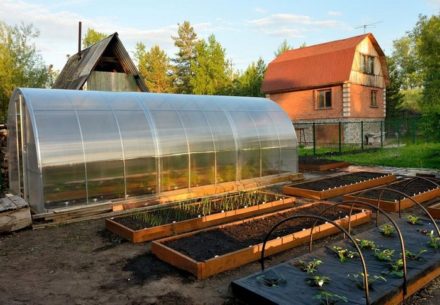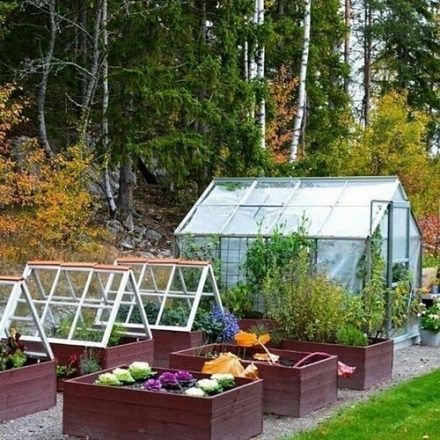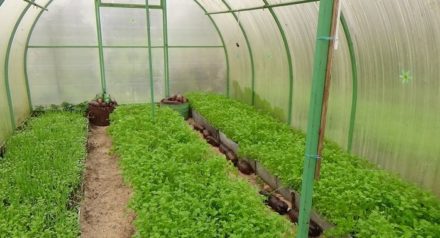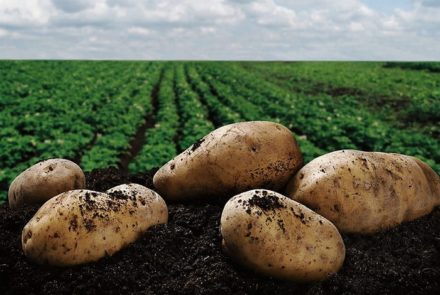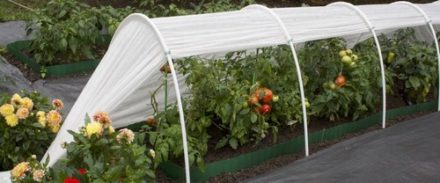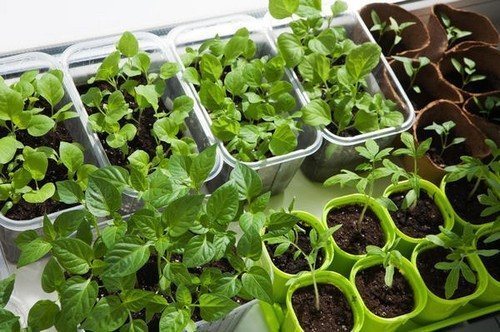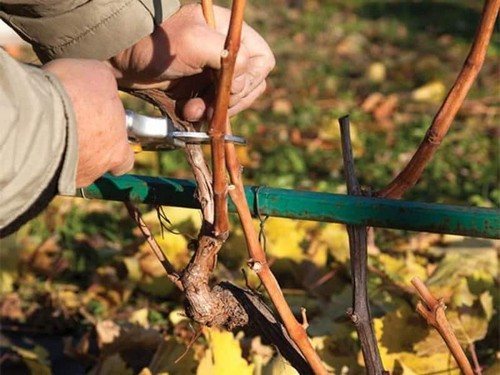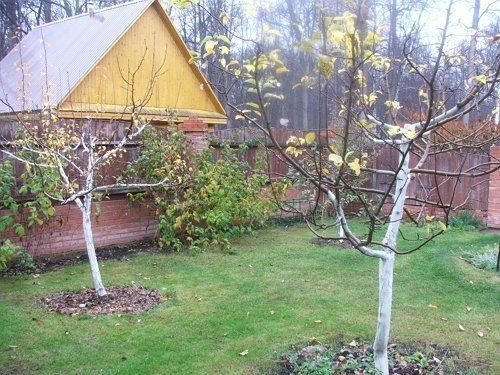Autumn is that time of year when the results of the current agricultural season are summed up and preparations for the next one begin. Clearing weeds, applying fertilizers, digging or plowing is done not only in an open field, but also in greenhouses.
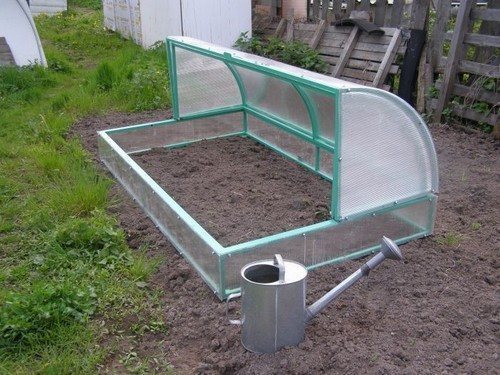
General disinfection
Before treating the soil, it is necessary to carry out general disinfection of the greenhouse. After all, pest larvae, viruses and bacteria that cause diseases of agricultural crops can hide not only in the ground, but also in a shelter built over it.
Disinfection is carried out in two ways alternately:
- first they fumigate the space inside the greenhouse and its structures with sulfur;
- treat tools, coating and frame with bleach.
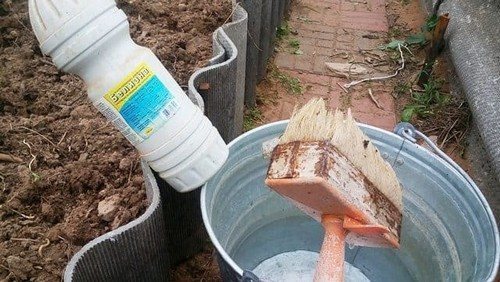
For fumigation, special preparations are used, sold in agricultural chemical stores, following the instructions attached to them. It is mandatory to use a gas mask during such work, since the substances released in chemical reactions during disinfection are very toxic and harmful to human health. After finishing the fumigation, the greenhouse is tightly closed and left for a week, after which it is ventilated.
Treating the frame with lime is done after digging up the soil. The lime solution made according to the instructions is divided into two parts. The top layer of the solution is drained and used later to disinfect the soil. And the thick sediment is used to whitewash structures. After finishing work, the greenhouse must be thoroughly ventilated.
Soil disinfection
Strictly following the rules, the soil in the greenhouse must be changed at least once every 5 years. In the intervals between such replacement, the already used soil should be disinfected, treating it with agents against diseases and pests. It is recommended that if the soil is excessively saturated with insect larvae, or the plants were very sick in the previous season, replace the top layer of soil with a new one, up to 10 cm thick, without abandoning the disinfection of the entire soil layer.
Before disinfection, the soil should be cleared of remnants of vegetation, removing it to a compost heap, or burning it if the plants have been affected by diseases.
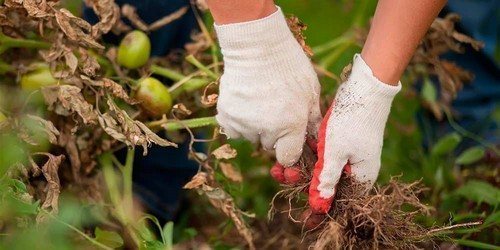
The soil can be disinfected in the following ways:
- thermal;
- phytopurification;
- chemical
The first method is used if you need to disinfect small areas of soil, which are poured with boiling water and immediately covered tightly with film. This procedure is carried out at least three times.
Phytocleaning is used by planting plants into the ground after harvesting that are intolerant to some pests, thus forcing insects to avoid the disinfected area. Later this vegetation will serve as additional fertilizer.
The most common method of disinfection is chemical. Most often, aqueous solutions of copper sulfate or manganese are used (1 teaspoon per bucket of water), which are used to water the soil. Sulfur bombs are also used, their quantity depends on the size of the greenhouse, which after fumigation must be closed for at least three days.
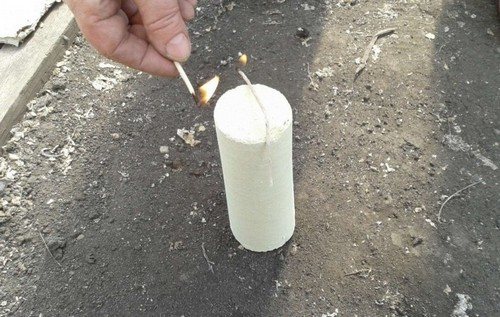
Traditional methods
A very good and cheap method of soil disinfection is freezing.It is applicable if the greenhouse is not planned to be used in winter. To do this, it is left completely open in the fall.
For traditional methods of phytopurification the following are used:
- needles;
- ash;
- tobacco;
- mustard.
Tinctures made from them are environmentally friendly, they can be used repeatedly without fear of causing damage to greenhouse crops.
Adding Fertilizers
Fertilize indoor soil with the same fertilizers as open-air soil. Fertilizers can be mineral, organic, or a combination of both. Of the mineral fertilizers, greenhouse soil is most often enriched with:
- superphosphate;
- urea or saltpeter;
- sodium sulfate or chloride.
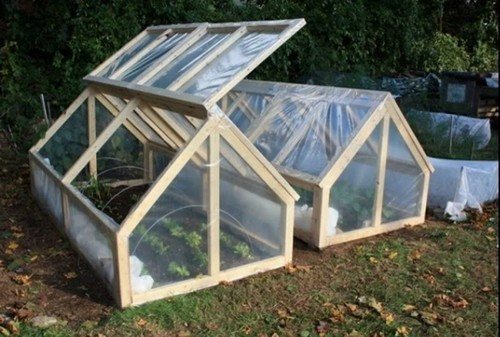
Mineral replenishment of the soil should be carried out in the early stages, no later than the end of September.
Organic fertilizers most often consist of:
- manure;
- chicken droppings;
- peat;
- compost;
- humus.
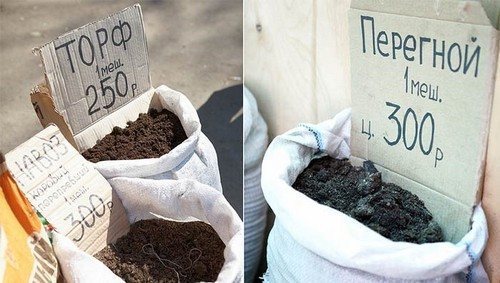
One of the main advantages of such fertilizers is their ability to improve the structure of the soil, which becomes looser, which makes it easier for air and moisture to penetrate into it. There are recommendations for the use of each type of organic fertilizer.
Chicken droppings are very rich in useful substances, but also very aggressive. To prevent it from burning the plants, it must be applied to the soil, dissolved in water in a ratio of at least 1:20.
I use peat only when it is necessary to reduce the alkalization of the soil. The manure must be rotted.
When using organic matter, you must not forget that along with it, pest larvae or pathogens, for example, late blight, that were previously absent from the greenhouse, can get into the soil.Therefore, soil disinfection after applying organic fertilizers must be carried out especially carefully.
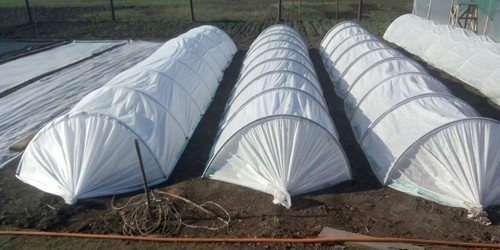
Autumn tillage in greenhouses is a labor-intensive process. But cleaning the soil from the pests of fruit and vegetable crops hiding there guarantees a good harvest in the future and its complete safety.


